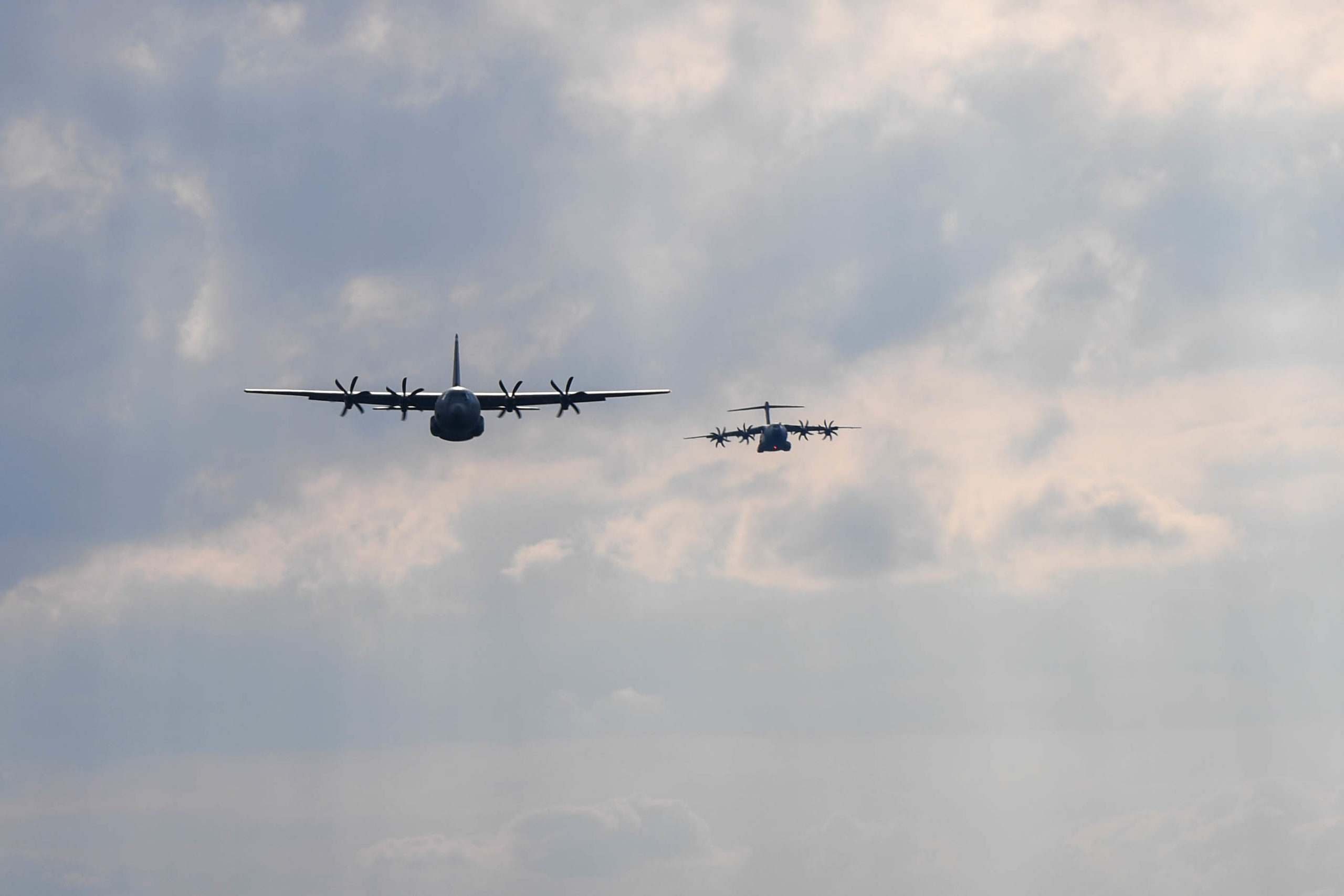Key Elements in Crafting and Building Out a Forward Defense for Germany
I have argued for some time that new technologies and new approaches to concepts of operations can allow U.S. and allied forces to work force integration across an extended battlespace to provide for a more lethal and survivable force.
It is also a question of affordability as the approach needs to ensure most effective use out of the force we have and leveraging effectively force transformation as we reshape our forces to ensure that they are at the key point of impact for combat, deterrence, and crisis management.
For Germany, this means reshaping and building out a force that can operate across the relevant regional battlespace which Germany needs to ensure protects its interests and contributes to enhanced allied defense in the region.
There are a number of key elements in shaping such an approach.
The first is really foundational is not focused on the defense platforms designed to deliver the lethal element for the combat force.
As I wrote with my co-author in our book on The Return of Direct Defense in Europe, shaping a sustainable security and defense capability is really about infrastructure, a domain in which the European Union can play a much more central role. It is about enhanced cyber capabilities, rebuilding road and rail networks to enable rapid movement of forces and supplies, shaping active and passive defenses within Germany so that the logistics supplies necessary to move forward are protected against direct attack, whether by longer range strike or terrorist attacks, a credible energy policy which responds to 21st century geo-politics rather than being mired in the green energy labelling debate, and stockpiling the parts and weapons which the active defense needs to sustain combat capabilities in case of conflict.
The second is to determine where Germany will forward position capabilities, such as in the case of the Baltic brigade, and to have ready forces able to reinforce these forward positioned capabilities. Associated with this is a more agile force able to be move forward to areas where Germany will not pre-position force, this means having integratable force able to seamless work with the relevant nations with whom Germany is supporting. This will be a function of ongoing exercises, shaping weapons commonality, and an ability to work with disparate national systems.
The third is to shape common ISR sharing capabilities not only across the German joint force but within the relevant coalition forces. I have written earlier about the changing nature of the ISR challenge which revolves around having the relevant information at the point of interest to take timely decisions.
As I wrote in a 2020 piece:
“Russia today is not the Soviet Union. It poses a different military set of threats including hybrid warfare, gray zone activities, increased reliance on the threat to use limited nuclear strikes, and shaping a maneuver air-ground force backed by long range strike systems, notably land, air and sea-based missiles.
“In this environment, gaining ISR dominance is a key part of ensuring that crisis management is effectively pursued, and in a very timely fashion.
“It is clear from the interviews I have done in Europe, the United States and Australia, that the return of high-end warfare is occurring in the context of new approaches to ISR-enabled C2 for mobile engagement forces.
“As one senior US Navy Admiral has put it: “The next war will be won or lost by the purple shirts. You need to take ISR enablement seriously, because the next fight is an ISR fight.”
The fourth is determining how to shape effective joint force German packages to be projected forward. How to shape evolving joint air-ground-maritime multi-domain forces? In this sense what German force rebuilding is facing is more akin to how the Marines project power than does the U.S. Army.
The fifth is how to sustain the force forward and to ensure that the force has a continuous flow of parts to the combat force to ensure high combat readiness as well as the fuel and weapons that it will need in a dynamic combat situation.
I am going to focus for the rest of this series on this fifth point.
How can Germany leverage its lift capabilities more effectively to deliver the kind of sustainment to a forward deployed force within Europe, and one which needs to be able to have mobile agile force capability as well?
This challenge is certainly not unique to Germany but it revolves around how to get full value out of it’s A-400M force, its C-130J force and adding a rotorcraft lift capability which extends both the capabilities of what Germany already has acquired and shapes an innovative way forward to support a forward deployed, agile and mobile combined arms force.
The featured photo: A C-130J Super Hercules aircraft assigned to Ramstein Air Base flies in formation with a German A400M Atlas aircraft near Ramstein Air Base, Germany, April 29, 2021.
RAMSTEIN-MIESENBACH, BW, GERMANY
04.29.2021
Photo by Airman 1st Class Alexcia Givens
86th Airlift Wing/Public Affairs

